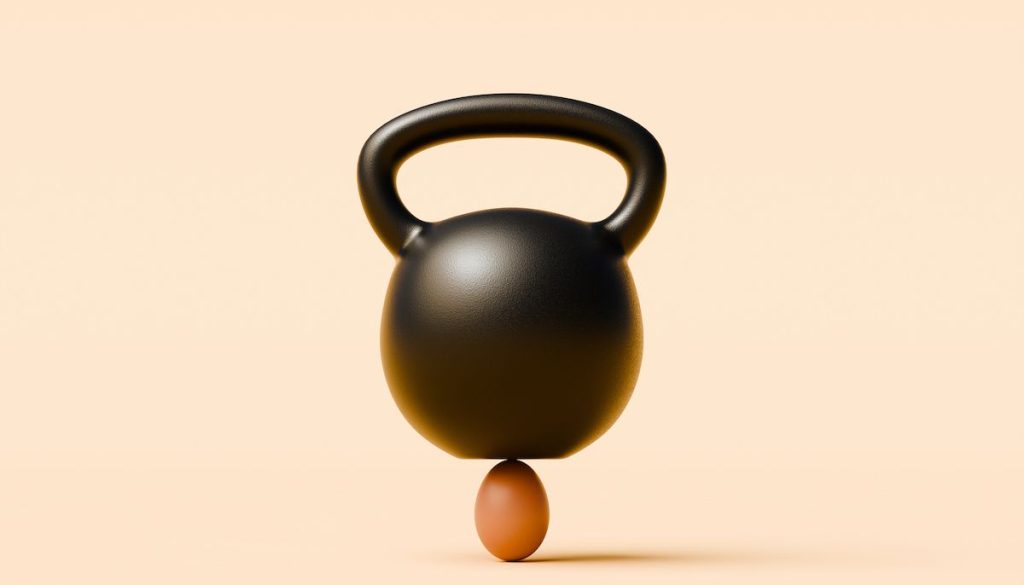Strong Women Changing the Narrative
Before sunrise, actress Sidney Sweeney was already in the weight room. By midday, she was kickboxing, and later that night, she was back to bench pressing. Preparing to portray pioneering boxer Christy Martin, she gained thirty pounds and transformed her physique. “I felt incredibly strong,” she shared in a recent interview. “Insanely strong.”
However, before her transformation took center stage in press tours and magazine features, there were whispers. In December, paparazzi caught her in a bikini, and the internet responded predictably: did she lose her figure? one headline questioned, blending faux concern with faint amusement, as if being muscular or anything other than slender were a failure. (For what it’s worth, and maybe it’s just my opinion shared in group chats — she looked fantastic. Like someone who earns part of her living from her body and has perhaps found joy in enjoying more than the customary one egg for breakfast.)
What those headlines often overlook is the more compelling narrative: Sweeney didn’t lose her figure; she created a new one. And she’s not the only one.
Caitlin Clark, redefining college basketball viewership, has also captured attention — not only for her impressive step-back three but for her shoulders. In the off-season, she intentionally added muscle, stating, “I try to put on some weight and I’ve been working hard in the weight room,” a sentiment that’s quite normal in elite sports but feels nearly radical regarding typical discussions about women’s bodies.
Fans have certainly taken notice. With a following like hers, her physique naturally becomes a talking point. Online, comments range from calling her “ripped” and “beautiful” to labeling her the “peak female athlete form,” a compliment that also redefines standards quietly.
Then there’s Ilona Maher — an Olympic rugby player, nurse, and proud owner of impressive biceps. She radiates strength and glamour. Earlier this year, she graced the cover of Sports Illustrated’s swimsuit issue, proclaiming: “I hope people see my photos and realize that strength can be both beautiful and feminine.” This was not just a plea; it was an assertion of reality.
Perhaps this is the crux of the matter. Women traditionally seen as ornamental — actresses, swimsuit models, and certain athletes — are now cultivating physiques that not only perform but exude power. These are not just “revenge bodies” rejecting bulkiness; this is strength with presence and significance. Importantly, it comes with a healthy appetite.



